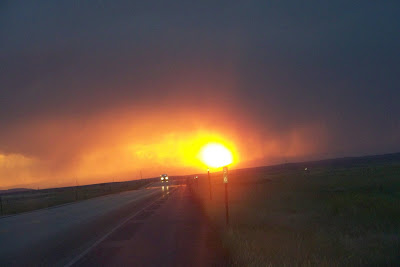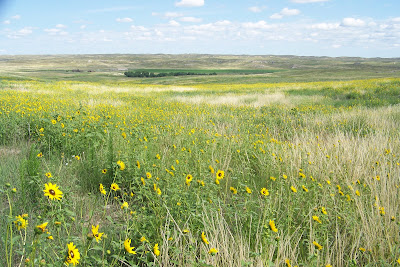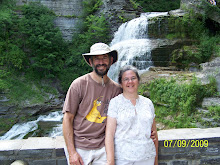
July 27, 2009
On the road to the Tetons
Thirty five degrees this morning after a sleepless night. I think despite numerous modifications to our bedding in anticipation of coldness we were still a little too cold for good sleep – and overtired from 11 miles of hiking – and 8 kinds of itchy from the bounty of mosquito bites.
Our felafel dinner ended abruptly when a tremendous thunderstorm rolled into the valley on a big wind. We managed to wash but not rinse the dishes before callosal bolts of lightening chased us to our car. The campfire jumped its ring in the pouring rain and Cary had to run out a put it out in the pouring rain.
It poured for about an hour and there was a brief period of slushy snow and hail. From the car we had a wonderful view of a cliff face stretching across the eastern edge of the valley. Lightening cracked back and forth horizontal to the peaks along the cliffs like the lightening over Mordor. It was very dramatic and exciting. The wind came through in tremendous waves which could be heard rolling across the lake. The lake was whipped to a froth of churning waves . Because we were in the heart of the storm the winds were going back and forth across the lake and through the trees.
I am happy to report that the duct taped tent held up mightily against the dramatic storm and we had only the smallest wetness at one edge. When the storm abated there was a sparkling double rainbow against the cliffs of Mordor.
Camping and rainbow at Brooks Lake
We finished the dishes and fell into bed wearing double pajamas and my wool cap in expectation of cold high mountain air.
The pine borers (ae there more than one kind?) have devastated the pines in the high mountains. You will see this is many photos. It is a forest fire waiting to happen. It may be that forest fies are “rejuvenating” to the ecosystem but this will be a tremendous fire when it comes. It is a sad thing to ponder. Many campgrounds have restrictions about bringing in wood from other sites (no wood from greater than 50 miles) in an attempt to contain outbreaks but here in the Rockies we haven’t seen such signs. It has spread everywhere already. In Nebraska we were given a newsprint booklet with large photos of invasive weeds with the request that we try not to spread them. In Champagne at the goat farm the old soy ean/corn fields on the farm which were overused have deep taproot invasive plants that will require speacial efforts to remove.








 This far right photo is a shot of our camp table after dinner, planning our route.
This far right photo is a shot of our camp table after dinner, planning our route.




